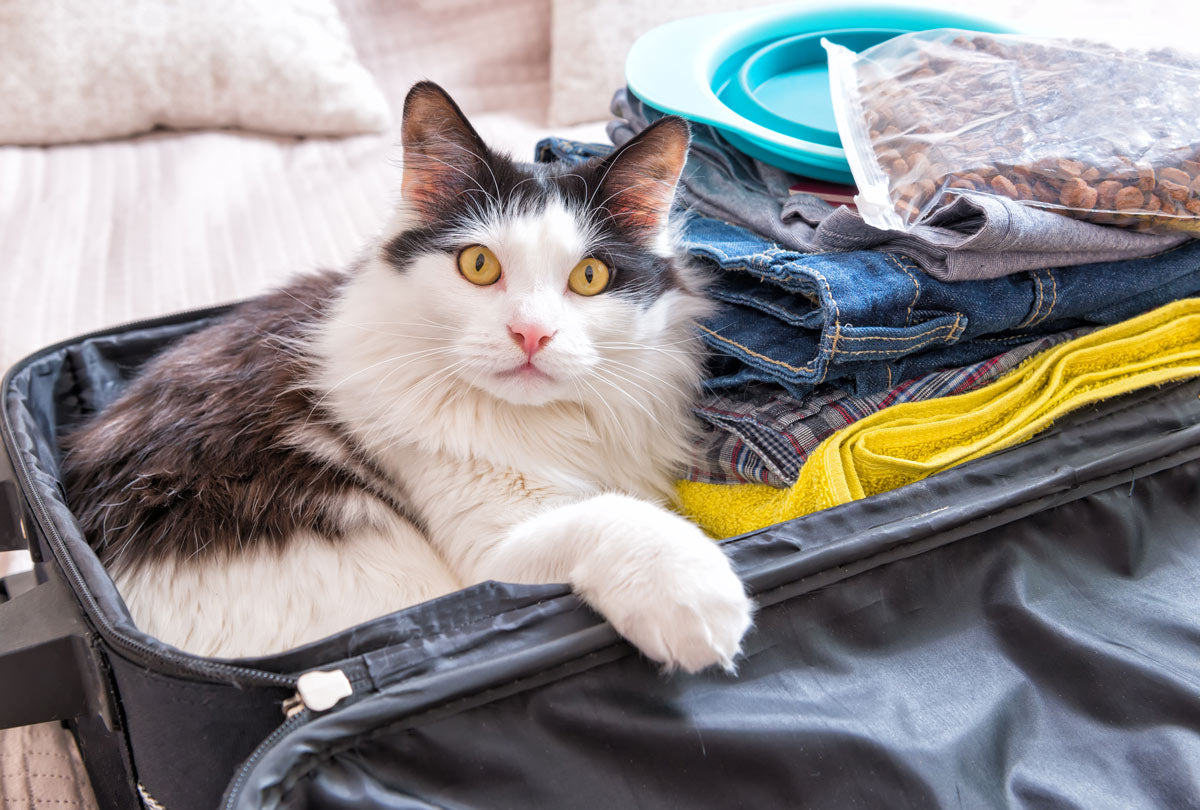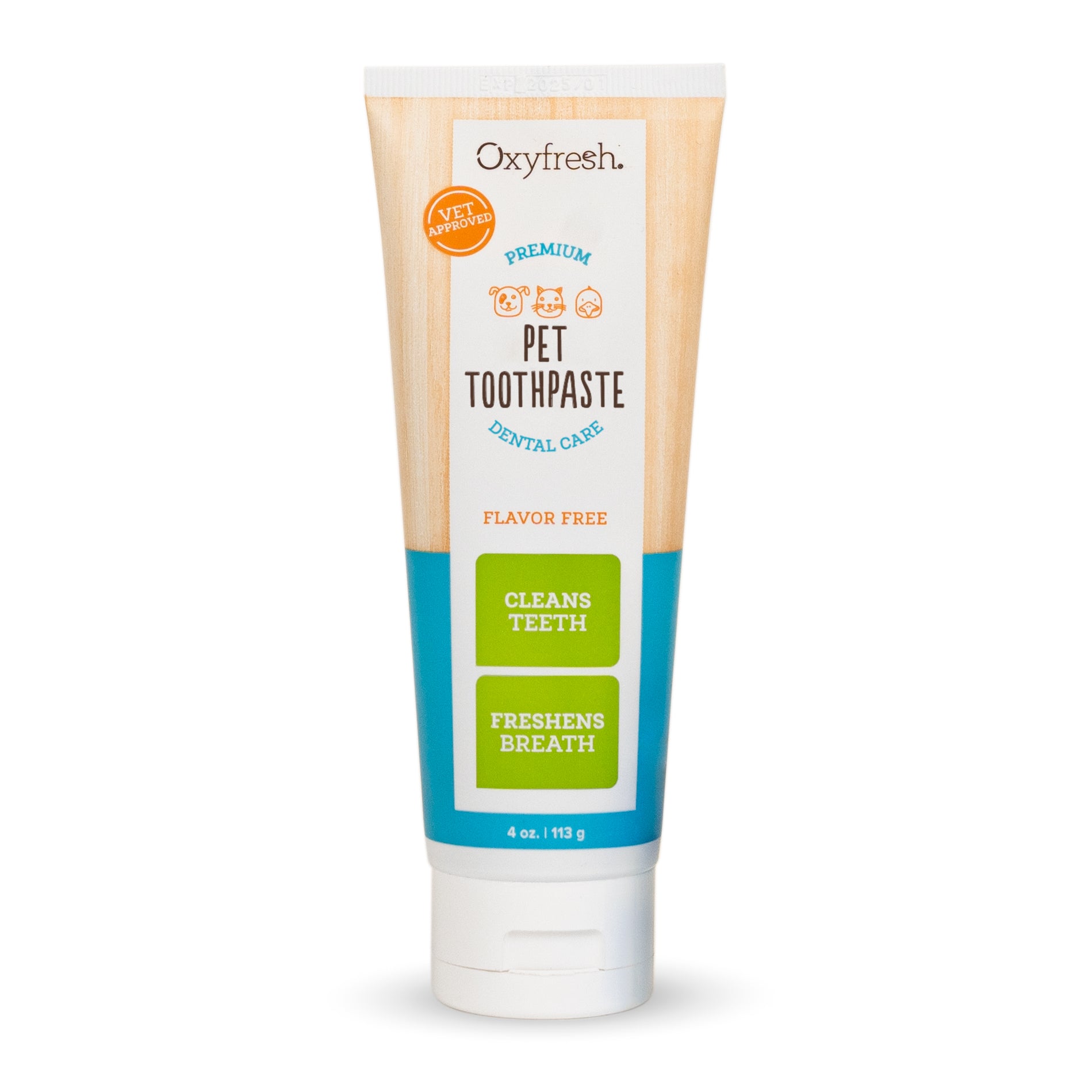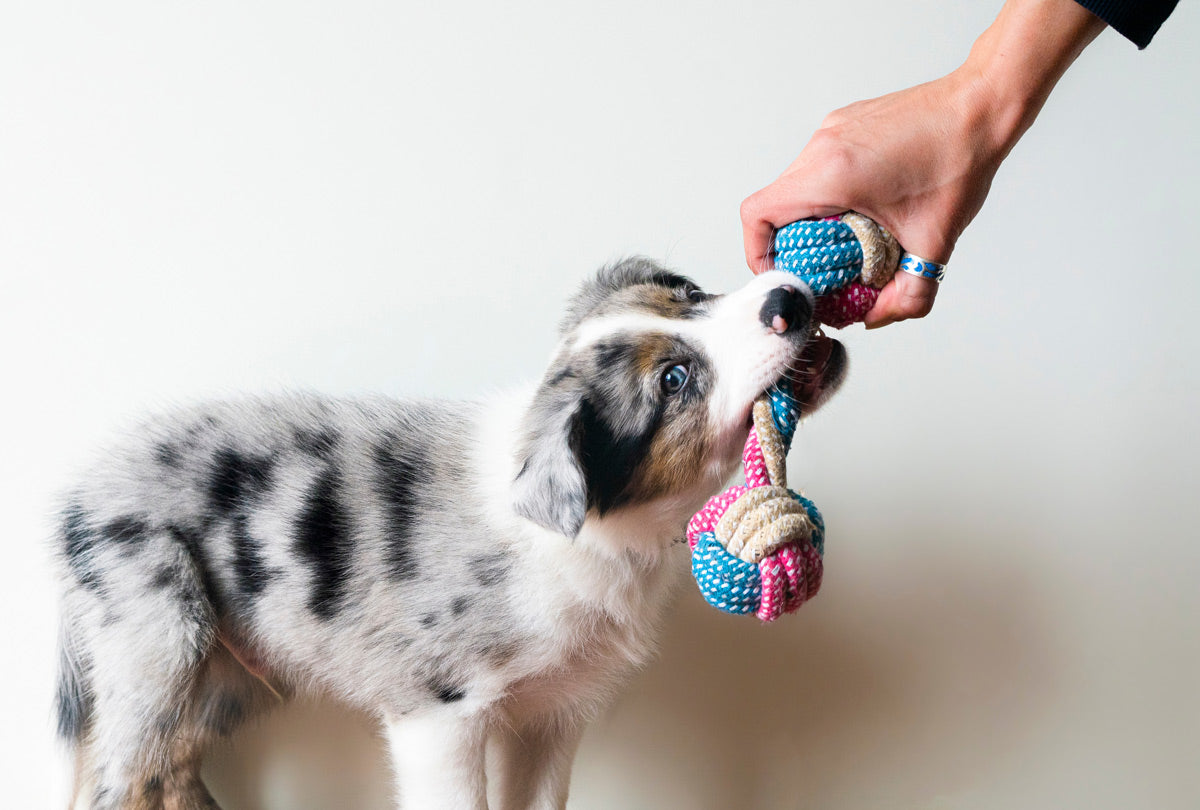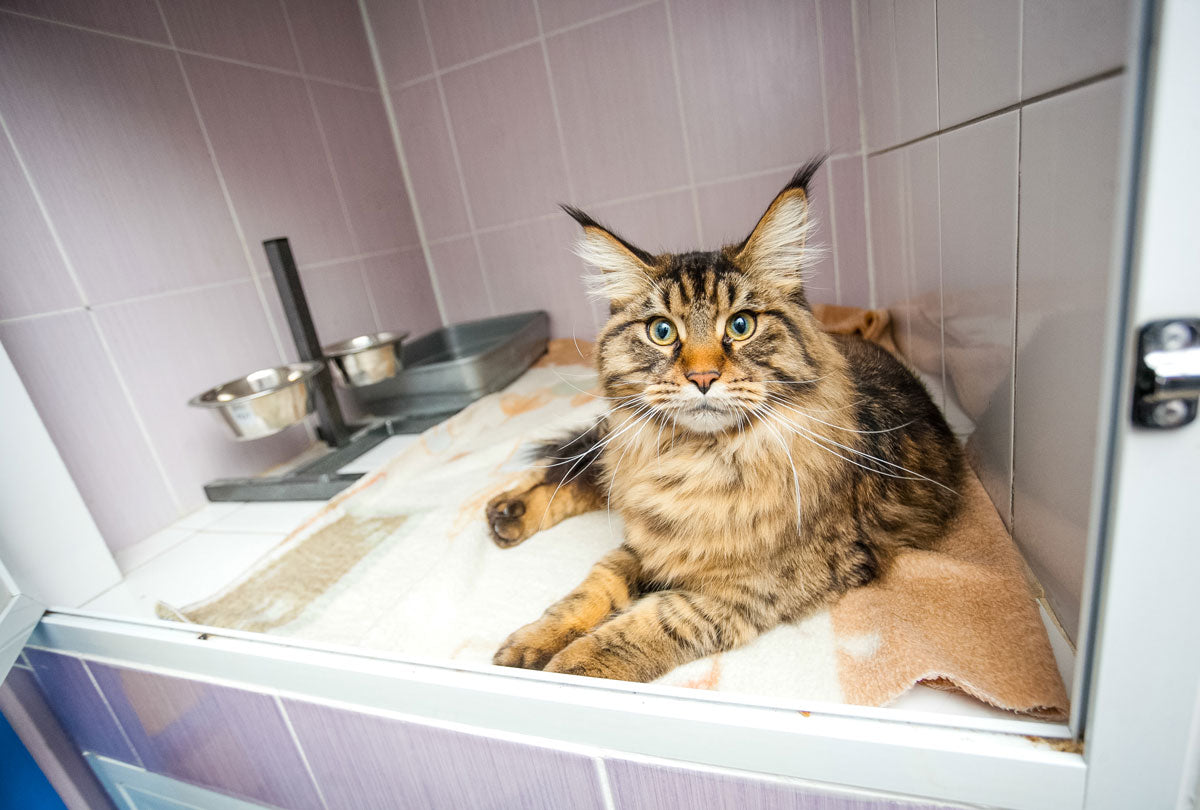Traveling solo or with two-legged family members is stressful enough. (Are we there yet?! He’s making faces at me!!) Throw a cat into the mix, and your holiday spirit can disappear faster than a plate of sugar cookies.
The truth is cats do not like to travel. They’re creatures of habit and a car or plane ride can be scary to them, from the loud noises to the unfamiliar smells. But if hiring a trusted pet sitter isn’t an option, don’t worry. We’ll help salvage your holiday spirit with these top tips for traveling with a cat.
Tips for Traveling With a Cat
Traveling with a cat is not the time to wing it. (This isn’t a high school social studies test.) Prep work will make all the difference as to whether traveling with your cat is a nightmare or if it’s, well, tolerable.
#1. Have Your Cat Make Nice With the Cat Carrier
Having a comfy cat carrier (complete with bedding they like) and getting your feline familiar with it is rule #1 for successfully traveling with a cat. Before you hit the road or skies, use positive reinforcement to help your cat see the carrier as their own cozy, safe space.
You can do this by putting high-value treats or toys in the carrier and giving them lots of praise when they venture into it. You can also put an article of clothing from your cat’s favorite person inside the carrier or wipe a cloth around your cat’s face and then rub it in the corners of the carrier so they recognize their own scent.
Once your cat is comfortable inside the carrier, close the carrier door and move it to another area of the house. From there, you can progress to taking short walks outside, and eventually you’ll move to the car. (Note: only advance to the next stage if your cat is cool with it.) Practice makes purr-fect, so stick with it!
Choosing the right cat carrier
The carrier should be large enough for your cat to stand up and turn around in. To ensure the right size, simply measure your cat from nose to base of tail and then add a couple inches.
If traveling with your cat by plane, reach out to your airline to see what their specific size requirements are for cat carriers and whether they allow cats in the cabin or if they need to be in the cargo hold. If your cat needs to go in the cargo hold, you’ll want to get a hard-sided crate with food and water dishes. Also ask for info on necessary paperwork like proof of vaccination, fees, etc. so there are no surprises the day of your flight.
#2. Take Cover
Your cat may handle the carrier better in the car if you drape a light blanket or towel over the top. This will create a den-like feel and your cat won’t get overstimulated by all the sights outside the windows. Just make sure adding a blanket doesn’t inhibit airflow. You don’t want your cat to get overheated. When you do a test drive (see tip #4), this will indicate whether your cat is chill with the car ride or if a blanket may be beneficial.
#3. Let Your Cat Explore the Car
Yes, your cat will be in a carrier when in the car, but you should still let them explore the car before your trip. Just like with the cat carrier, putting some treats inside will help them warm up to this new environment. Let them sniff and explore, and then start the engine, but remain parked at this point.
Important: Don’t be tempted to put your cat on your lap or free-roam the car when traveling. This is dangerous, as cats like to hide in tight spaces when they’re freaked out. If they try to hide near the gas and brake pedals or under the seat, an accident could easily occur.
#4. Go for a Test Drive
Once your cat seems cool with the car, it’s time for a trip around the block (and then beyond) in their carrier to see how they do.
You’ll want to make sure the carrier is level when placed inside the car so it’s not getting jostled around. If possible, buckle the carrier in with a seat belt. Look at the instructions for your cat carrier and follow them accordingly.
Experiment during your car rides to get your cat comfortable with all aspects of being in a car: windows rolling up and down, listening to music, having the A/C or heat on, and your angry swearing when other drivers cut you off (kidding about the last one). That way there are no surprises when the real deal occurs. Give a treat after each car ride so your cat builds a positive association with the car.
How to travel with a cat in a car: a note on meowsic.
Traveling with a cat is not the time to blast your Metallica. Cats like soft classical music, calming and rhythmic sounds, or natural sounds from nature, so choose your soundtrack wisely! And don’t blare any noise to block out meowing sounds. This will just stress your cat out more.#5. Make Pit Stops
How frequently should you take breaks when driving long distances? The rule is 15 minutes for every two hours. This will allow you to stretch your legs, take a breather, and use the bathroom. The same is important for your cat! Your cat will want to stretch, perhaps roam the car (careful not to open the door when they’re not secured lest they bolt!), or even go for a walk if they are leash trained. You’ll also want to give them a bathroom break, so don’t forget to pack their litterbox and litter.
Note: if you have to run inside QUICKLY somewhere, do not leave the windows rolled up, as your cat could overheat.
#6. Consult With Your Veterinarian
If your cat is the nervous type and they still seem uneasy about the carrier and traveling, consult with your veterinarian about medications or supplements that can calm your cat. This is especially important if you’re traveling with your cat via plane. If you are prescribed medications to calm your kitty, it’s a good idea to do a test run at home so you know what to expect before your trip and if there are any side effects.
#7. Pack Wisely
How to travel with a cat in a car – and survive to tell the tale – means making a packing list and checking it twice. This will help you avoid a lot of stress and hissy fits ... your own AND the cat’s. Here are some must-packs.
- Their own litterbox and litter. Just like we all prefer our own toilets, so do cats! This will lessen the chance of messes and keep them regular on vacay. Also, if traveling will take only one day, don’t feed your cat the night before. We want to be proactive about avoiding messes.
- Favorite toys, treats and blankie. If you bring a taste (and smell) of home to your destination, your cat will have an easier time adjusting.
- Food and water dishes for the car ride. If you’re traveling a short distance, this may be unnecessary, but if your journey is several hours long, you’ll want to offer your feline a little food and water. Some large cat carriers even have food and water dishes inside. If your cat doesn’t feel like eating or drinking during the ride, don’t sweat it, but do make sure they start drinking within 24 hours. That’s when signs of dehydration can occur. A cat can go without food for a day or two before they start to feel unwell.
- Cleaner. Sometimes accidents and messes happen. Rather than deal with a smelly car, bring along an EASY cleaning solution, like Oxyfresh Cage & Crate Cleaner. Just spray and wipe messes away with a paper towel that you can throw out at the next rest stop. It will eliminate ALL ODOR, and because it’s non-toxic, you don’t have to hassle with the extra step of rinsing. Best of all, it’s scent-free so it won’t upset your kitty’s sensitive nose.
- ID tag. If your cat gets lost or escapes somehow during your holiday travels, having a collar with an ID tag for your cat will bring peace of mind.
Psst ... Don't Let Cat Bad Breath Spoil the Car Ride!
Anyone with siblings (or a free-spirited partner) knows how smelly car rides can be. Why add to the cloud with cat bad breath?
Keep your travels fresh, and help your cat keep their dignity (no self-respecting feline wants to be the houseguest with the cat bad breath), by using Oxyfresh Dental Spray.
Just a few spritzes along the gum line is all it takes to freshen your cat’s breath, help fight plaque and tartar, and defend against cat gingivitis, which affects 70% of cats by age three.
Oxyfresh Dental Spray is the cat’s meow because there are no fussy flavors or minty coverups. Instead, our proprietary, non-toxic ingredient Oxygene® eliminates the bacteria that cause plaque and cat bad breath right at the source. Best of all, it works INSTANTLY to send bad cat breath packin’.
Available in 8-ounce size, it’s purr-fect for your purse or backpack. Add it to your packing list and enjoy fresh travels this holiday season.
YOU’VE GOT THIS.









